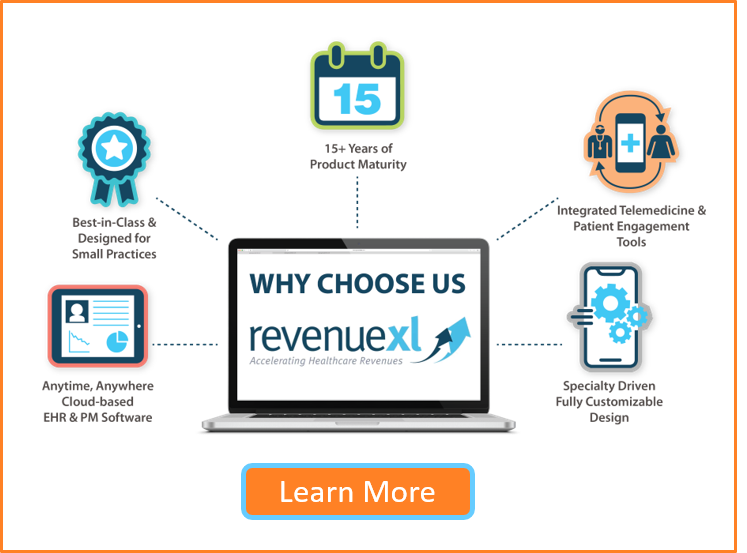Introduction
The rise of Internet of Things (IoT) technology in healthcare has transformed the way small medical practices manage chronic care. Remote Patient Monitoring (RPM) powered by IoT devices allows physicians to track patients’ health data in real-time, reducing hospital visits and improving outcomes. Small practices can benefit significantly from IoT-driven RPM by offering personalized care, enhancing efficiency, and expanding access to remote treatment. Implementing the right IoT solutions can streamline chronic disease management while maintaining compliance with healthcare regulations.
Understanding IoT in Remote Patient Monitoring
IoT-based Remote Patient Monitoring enables continuous tracking of vital signs and chronic disease indicators without requiring patients to visit a clinic frequently. Small practices can use connected devices to collect and analyze health data, allowing providers to intervene early and tailor treatments effectively. These solutions are particularly beneficial for patients managing conditions such as diabetes, hypertension, and heart disease.
- IoT-powered RPM devices include smart blood pressure monitors, glucose meters, pulse oximeters, and ECG patches.
- These devices transmit patient health data in real-time to the provider’s system, allowing for continuous monitoring and timely interventions.
- Small practices can integrate RPM with their EHR software to automate data collection and improve clinical workflows.
- Secure cloud platforms enable easy access to patient health records while ensuring compliance with HIPAA regulations.
- Implementing IoT in RPM reduces hospital readmissions and improves long-term chronic disease management.
- To understand how RPM benefits both providers and patients, explore this in-depth guide on Remote Patient Monitoring, covering its advantages, use cases, and implementation strategies.
Benefits of IoT-Powered RPM for Small Practices
Integrating IoT-driven RPM solutions provides multiple advantages for small healthcare providers. By leveraging real-time data, physicians can enhance patient engagement and reduce the burden of in-person visits.
- Improved patient outcomes – Continuous monitoring allows early detection of health issues, enabling timely interventions.
- Enhanced practice efficiency – RPM reduces administrative workload, minimizing the need for repeated in-person consultations.
- Cost savings for both providers and patients – Remote monitoring lowers unnecessary emergency visits and hospitalizations.
- Better patient engagement – IoT tools provide patients with real-time health insights, encouraging proactive management of chronic conditions.
- Expanded access to care – Small practices can monitor high-risk patients remotely, offering them personalized treatment plans.
Implementing IoT-Based RPM in a Small Practice
Adopting IoT-driven RPM solutions requires selecting the right devices and ensuring seamless integration with existing practice management tools. Small practices should focus on cost-effective, scalable solutions that align with their patient demographics and clinical workflows.
- Choose IoT-enabled RPM devices – Select FDA-approved, HIPAA-compliant devices that support remote monitoring for chronic conditions.
- Integrate with existing EHR and practice management software – Ensure interoperability for smooth data flow between IoT devices and cloud-based EHR systems.
- Implement a secure data management system – Use encrypted cloud platforms to store and analyze patient health data while complying with regulatory standards.
- Train staff and educate patients – Provide training to medical staff on device usage and educate patients on the benefits of remote monitoring.
- Leverage AI-powered analytics – Use AI-driven insights from IoT devices to identify early warning signs and personalize treatment plans.
Addressing Security and Compliance Challenges
Small practices must ensure that IoT-driven RPM solutions comply with healthcare regulations and data security protocols. With an increasing number of connected devices, securing patient data is essential to maintaining HIPAA compliance and protecting sensitive health information.
- Use encrypted communication protocols – Ensure that all IoT devices and cloud platforms use end-to-end encryption to protect patient data.
- Implement multi-factor authentication (MFA) – Restrict unauthorized access to patient health records with secure login credentials.
- Regularly update IoT devices and software – Apply firmware updates to prevent vulnerabilities and ensure compliance with the latest cybersecurity standards.
- Work with HIPAA-compliant IoT vendors – Choose reputable IoT healthcare providers to minimize security risks.
- Educate staff on cybersecurity best practices – Train healthcare personnel on data privacy and secure handling of IoT-generated patient information.
Choosing the Right IoT RPM Devices for Chronic Care
Selecting the right IoT devices is crucial for small practices looking to implement an effective RPM program. The chosen solutions should be user-friendly, reliable, and capable of integrating with existing clinical systems.
- Blood Pressure Monitors – Smart BP cuffs provide real-time readings and alerts for hypertension patients.
- Continuous Glucose Monitors (CGMs) – IoT-powered CGMs track glucose levels continuously and send alerts for abnormal fluctuations.
- Wearable ECG Monitors – These devices help detect arrhythmias and other heart conditions remotely.
- Smart Pulse Oximeters – Monitor oxygen saturation levels for patients with respiratory illnesses.
- IoT-Connected Weight Scales – Help track weight fluctuations in patients with heart disease or obesity-related conditions.
Overcoming Cost Barriers for Small Practices
While implementing IoT-based RPM may seem costly, small practices can adopt budget-friendly strategies to integrate these technologies without significant financial burden.
- Leverage federal and state RPM reimbursement programs – Check for CMS reimbursement policies that support remote monitoring services.
- Start with a pilot program – Implement RPM for a select group of high-risk patients before scaling up.
- Use subscription-based IoT models – Opt for RPM vendors that offer flexible payment plans to reduce upfront costs.
- Partner with telehealth service providers – Combine RPM with virtual consultations to enhance patient engagement and reduce in-office visits.
- Monitor ROI and optimize usage – Track patient outcomes and financial benefits to determine the effectiveness of IoT-based RPM solutions.
Conclusion
IoT-powered Remote Patient Monitoring presents a transformative opportunity for small medical practices to enhance chronic disease management, improve patient engagement, and optimize operational efficiency. By choosing the right IoT devices, ensuring seamless EHR integration, and prioritizing data security, small healthcare providers can offer high-quality, cost-effective remote care solutions. With the growing acceptance of IoT in healthcare, now is the perfect time for small practices to embrace RPM and provide their patients with more accessible and proactive care.






